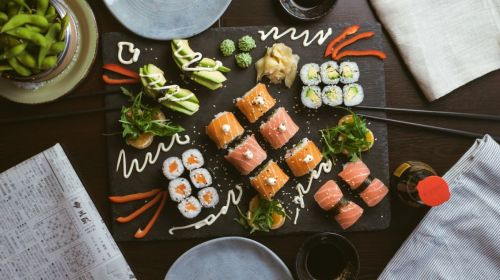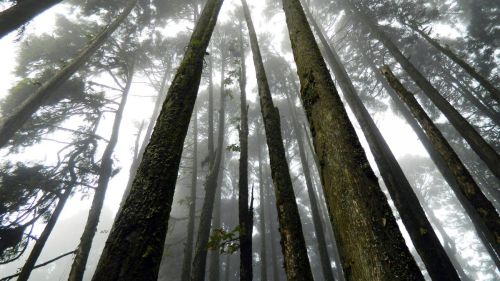The term Wagyū (和牛) literally means "Japanese cow". It is a very expensive delicacy that, in order to bear its name, must pass a DNA analysis proving its origin in Japan.
Distinctive features of this meat are its marbled texture due to the overgrowth of fat, its specific buttery aftertaste, and documented origin.
These breeds are
96% of them are in Japan, most of the remaining are bred in Australia.
The Japanese government has declared Wagyu a national treasure. Prior to the legislation, some 225 specimens were exported between 1976 and 1997, and today they form the basis of Wagyū cattle breeding outside Japan.
However, most of these animals are not full-blooded Wagyūs, but crossbred Wagyūs with Angus cattle.
Specimens that have 100% Japanese breed genes are considered full-blooded, those that have at least 93.75% Wagyū DNA are classified as F4. Those with at least 87.5% Wagyu genetic content are F3, 75% Wagyu are F2 and 50% Wagyu are F1.

While all Kobe beef is Wagyū, not all Wagyū beef is Kobe. The different types of beef are associated with the prefecture (brand) where the cattle are raised. In the case of Kobe, it is named after the capital of Hyōgo Prefecture.
The basic criteria for evaluating meat are its marbling, fat content, meat color (it can't be too light or too dark), fat color (the lighter the better), and the last factor describing the quality of beef is its springiness and tenderness.
The closest to the Japanese is the Australian classification, which is also expressed on a five-point scale, but the points range from 1 to 9+. Any equivalent on the Japanese scale above a nine is always referred to as a 9+.
In the U.S., on the other hand, the meat quality scale has eight points, starting with the lowest: select, choice -, choice, choice +, prime -, prime, prime +, and prime++, with prime ++ being the equivalent of Japanese wagyū from A3 to A5.
Until the mid-19th century, cattle in this country served only a utilitarian function; their meat was not eaten and their manure was used to fertilize the fields.
These animals were too valuable for Japanese farmers to kill, and there were cultural and religious objections against eating their meat. Milk was also not drunk in Japan.
Not only does it contain less cholesterol than meat from other breeds of cattle, but also from fish and poultry. It is also rich in protein and iron.
Maximum values are reached by individuals at 36 months of age, which is why the best age for slaughtering Wagyū cattle is three years.
However, they are not 100% purebred, but only the offspring of animals exported from Japan before 1997.
Purebred Wagyū outside of Japan are considered to be animals with more than 93.75% of the genes of Japanese cattle. Purebred animals are then crossbred with Angus cattle and classified from F1 to F4 depending on the percentage of the original Japanese cattle gene pool.
To this day, Japanese breeders smile at the fact that this myth is spread around the world. Above all, good genes, the right weather conditions and food are needed to achieve spectacular breeding results.
However, the story may be partially true, as cattle are regularly brushed, which is probably where the cow massage rumor originated.
All of the most elite "brands" of Japanese beef are actually Kuroge Washu.
The battle is fought for prestige between the biggest players, the absolute top of which are: Kobe, Matsusaka Ushi and Ohmi. In the past three years, Miyazaki Prefecture has joined the ranks.
The first Wagyū Olympics were held in 1966. There are two categories of competition: breed improvement and meat quality.
The last Wagyū Olympics was held in Kagoshima from October 6 to 10, 2022.
Dishonest sellers use many tricks to disguise the dubious origin of the meat they sell and make a fortune from unsuspecting consumers. Often, meat of other breeds is imported from Japan and then attempted to be sold as premium Wagyū. Remember, Wagyū A5 and A4 come exclusively from the Kuroge Washu breed.
Also note the Japanese name:




